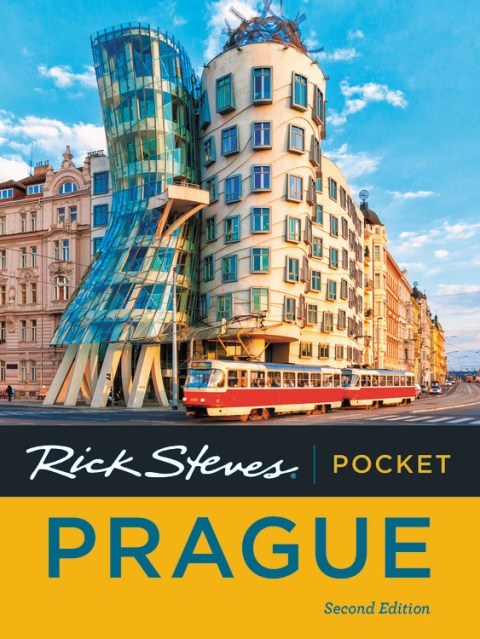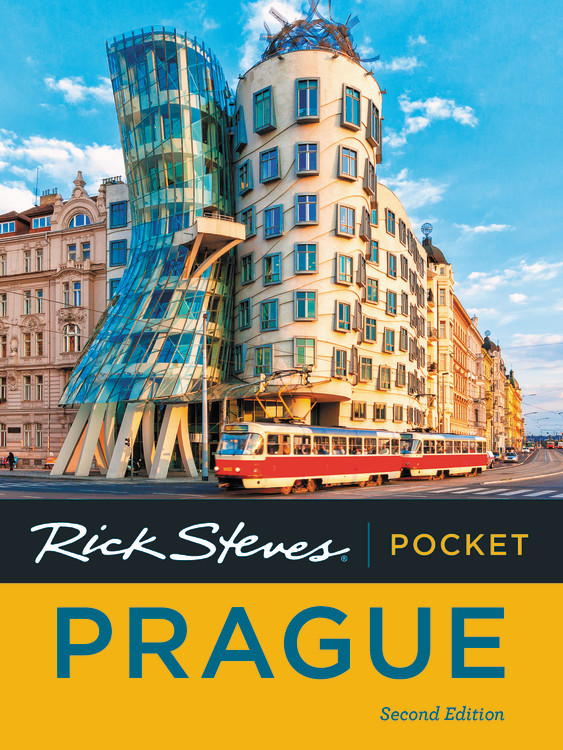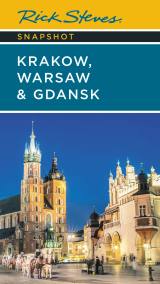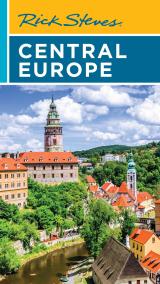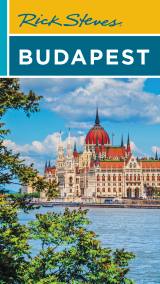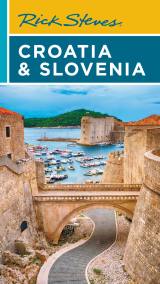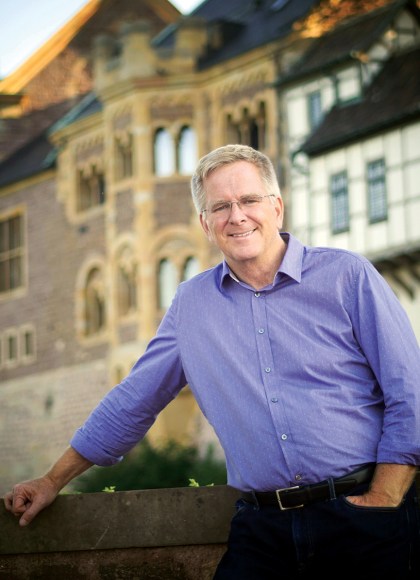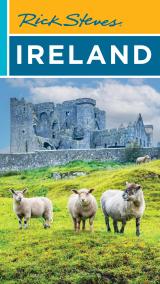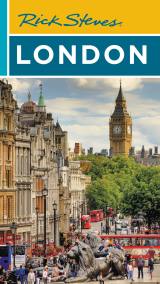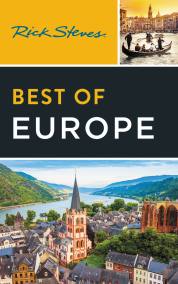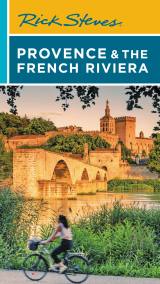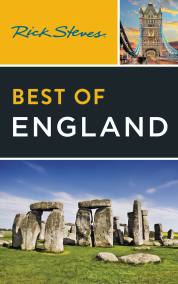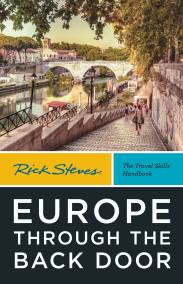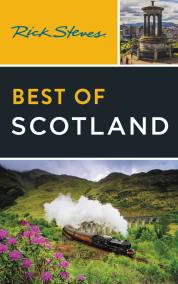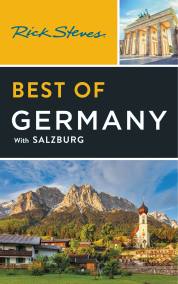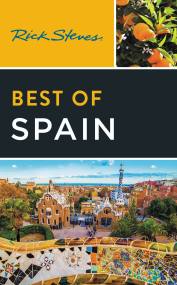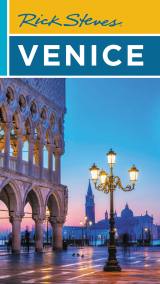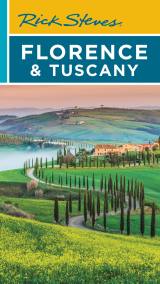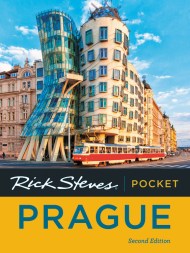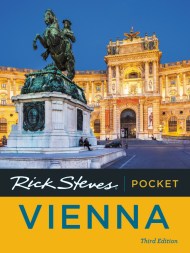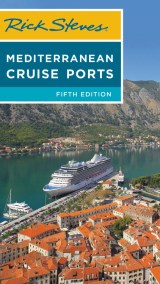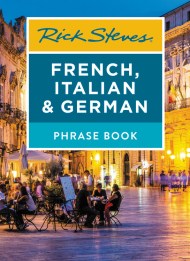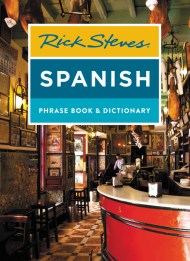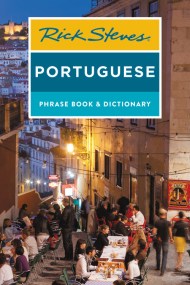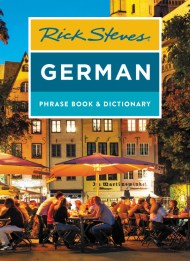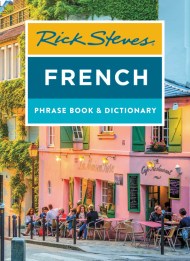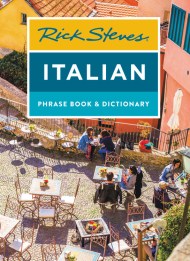Promotion
Use code MOM24 for 20% off site wide + free shipping over $45
Rick Steves Pocket Prague
Contributors
By Rick Steves
By Honza Vihan
Formats and Prices
Price
$9.99Price
$12.99 CADFormat
Format:
- ebook (Enhanced Edition) $9.99 $12.99 CAD
- Trade Paperback $13.99 $18.99 CAD
This item is a preorder. Your payment method will be charged immediately, and the product is expected to ship on or around April 7, 2020. This date is subject to change due to shipping delays beyond our control.
Also available from:
- City walks and tours: Five detailed self-guided walks, including a walk from the Old Town Square to the Charles Bridge and tours of The Jewish Quarter and Prague Castle
- Rick’s strategic advice on what’s worth your time and money
- What to eat and where to stay: Savor a traditional goulash stew, mingle with locals over a Czech beer or two, and stay in a romantic hotel in the Little Quarter
- Day-by-day itineraries to help you prioritize your time
- A detailed, detachable fold-out map, plus museum and city maps throughout
- Full-color, portable, and slim for exploring on-the-go
- Trip-planning practicalities like when to go, how to get around, basic Czech phrases, and more
Extending your trip? Try Rick Steves Prague & the Czech Republic.
Genre:
- On Sale
- Apr 7, 2020
- Page Count
- 208 pages
- Publisher
- Rick Steves
- ISBN-13
- 9781641712040
Newsletter Signup
By clicking ‘Sign Up,’ I acknowledge that I have read and agree to Hachette Book Group’s Privacy Policy and Terms of Use
